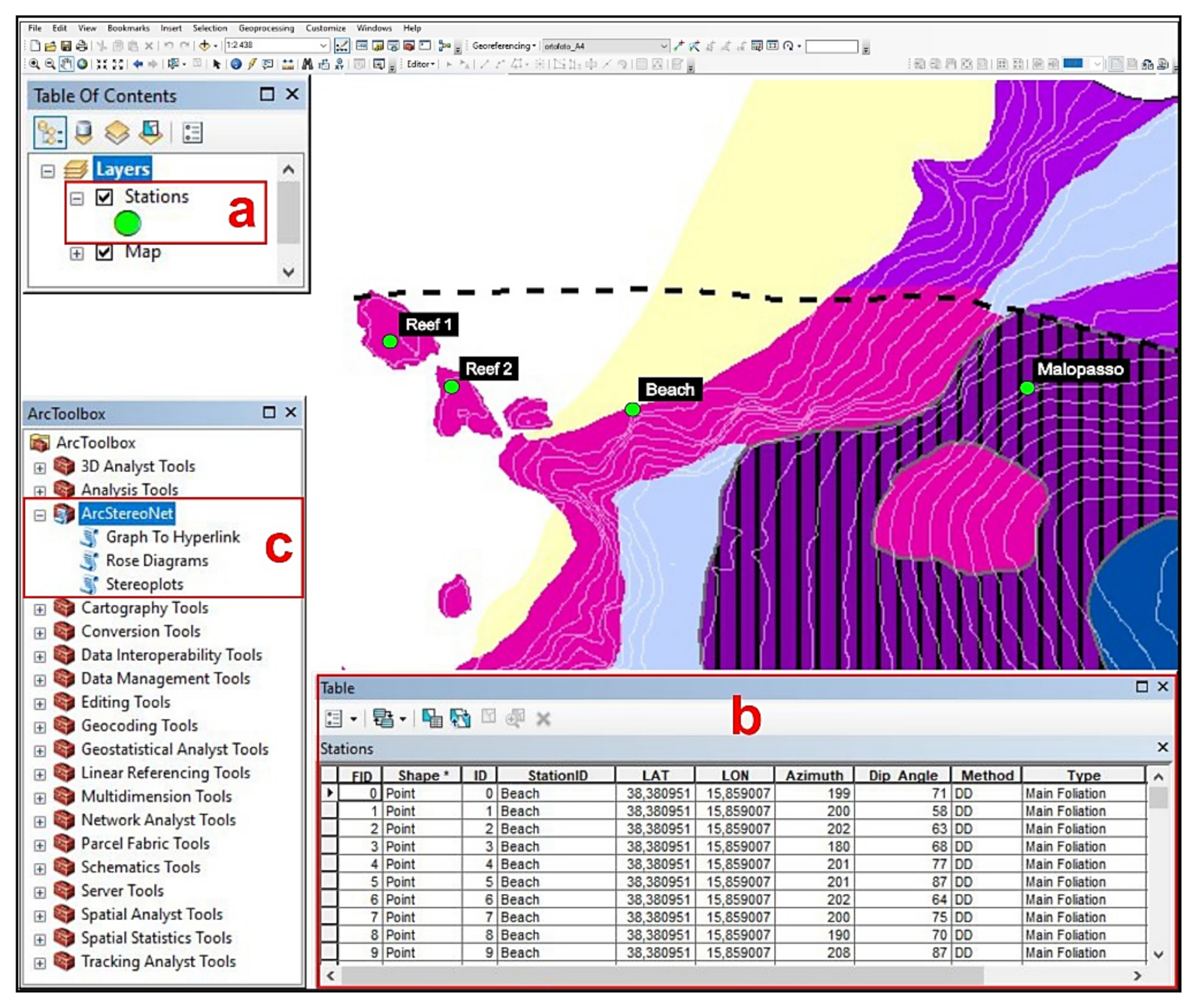
- #Arcgis 10.3 import vector data from pdf pdf
- #Arcgis 10.3 import vector data from pdf manual
- #Arcgis 10.3 import vector data from pdf software
- #Arcgis 10.3 import vector data from pdf download
#Arcgis 10.3 import vector data from pdf download
The Topo TNM Style Template can be readily used with the Topo Combined Vector Product (recently renamed "Topo Map Vector Data products") and other data available for download from The National Map (TNM).
#Arcgis 10.3 import vector data from pdf software
To convert scanned images into vector objects, you need a special class of software called “raster to vector”.A NEW GIS-READY TOPOGRAPHIC MAP STYLE TEMPLATE! Note! Our software does not convert scanned images (raster PDF) into editable objects. It’s best to use the lowest resolution which achieves the level of quality you want.

Keep in mind that the higher the dpi (resolution), the larger the file size. If publishing to a web-site, use 96 or 72 dpi is best for screen display. If you will be printing the graphic on a laser or ink-jet printer, convert at 150 or 300 dpi (dots per inch) resolution. The image formats that we support are TIFF, GIF, PNG, JPEG and BMP. If you do not need to edit the file and simply want a sharp copy to insert into a document or to publish on a web-site, you can go with image formats. The vector formats supported in our software are DXF, PDF, PS, EPS, SVG, WMF, EMF, CGM, HPGL and MIF.
#Arcgis 10.3 import vector data from pdf pdf
If you need to break a PDF file down into objects and text for editing, then you want to choose a vector format.

It’s important to know which is best for the job you are doing. Visual Integrity can convert most PDF files into either vector or image formats. Images are also referred to as bitmaps or rasters. Vector graphics are made up of objects, lines, curves and text while images are made up of a collection of dots or pixels. Once you understand the two basic formats for graphics – vector and image, you know the tools to pick.

Which Graphics Formats Should I Pick For Web and Print?
#Arcgis 10.3 import vector data from pdf manual
If a raster PDF or scanned drawing is run through our software, we will turn the flat image into a tracing layer for manual work-up. Visual Integrity is specialized in tools for vector conversion and will produce high-quality, accurate drawings from vector PDF input. This is an approximation and requires operator involvement as well as manual clean-up.

Raster PDF files are traced since there is no data to extract. This is accurate and precise and involves minimal manual clean-up. Vector PDF files are best transformed through data extraction. This is important since the two file types are converted differently. It’s easy to tell the difference between vector and raster PDF files by viewing them in Adobe Acrobat. Knowing Which Type of PDF File You Have is Key.


 0 kommentar(er)
0 kommentar(er)
